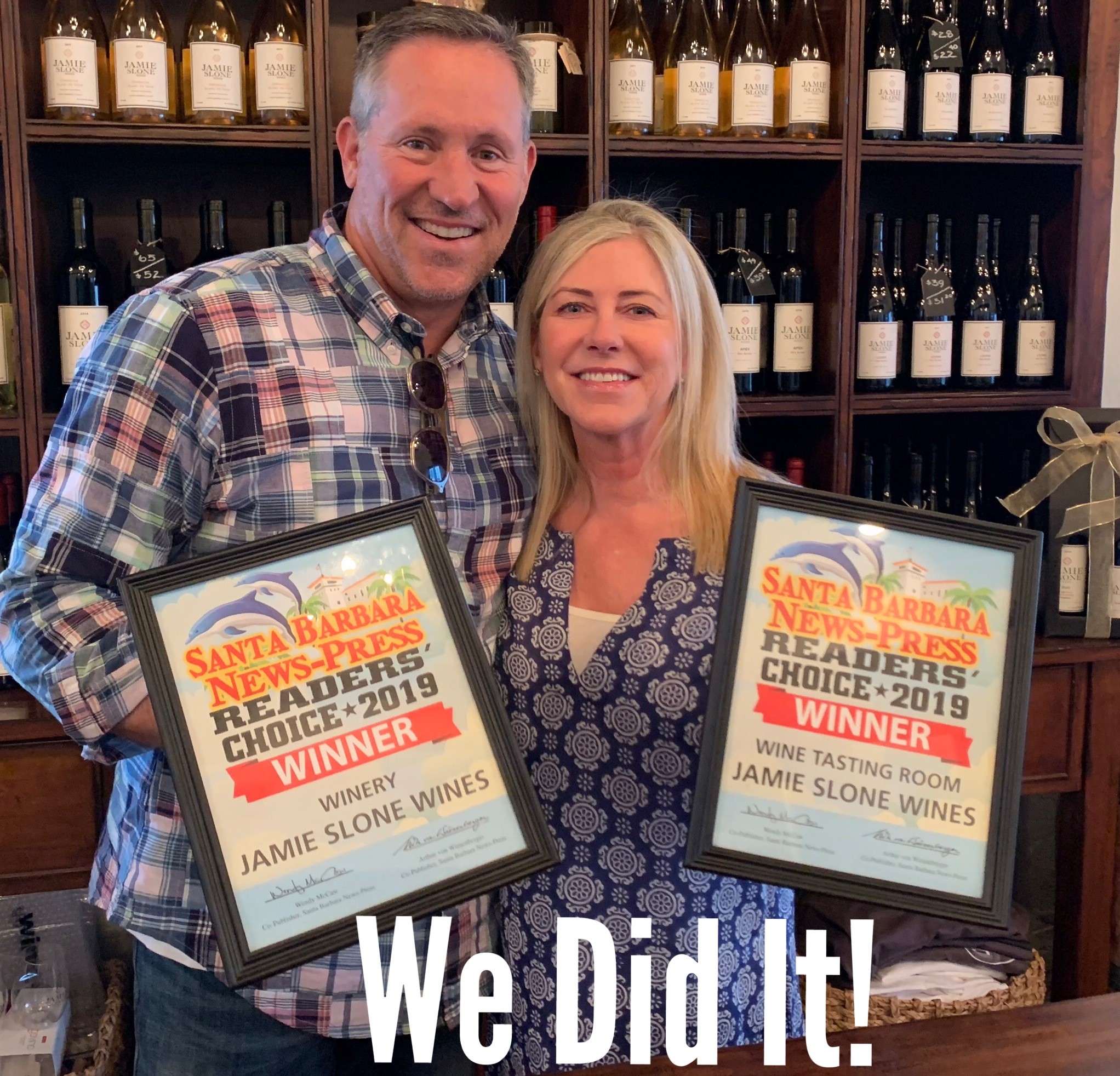
Behind the Wine by Dawn Abasta-Poulsen: Jamie Slone Wines
When you talk to Jamie about wine, his passion for wine and his community shine through! He loves the Santa Barbara region and the wine community there. Jamie, like many wine makers did not start out his adult life as a winemaker. He was an entrepreneur. Up until the early 2000s he ran five radio…

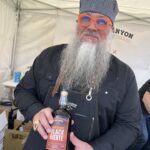
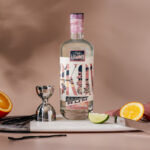
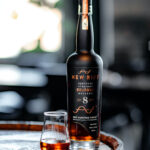
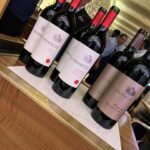
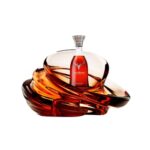
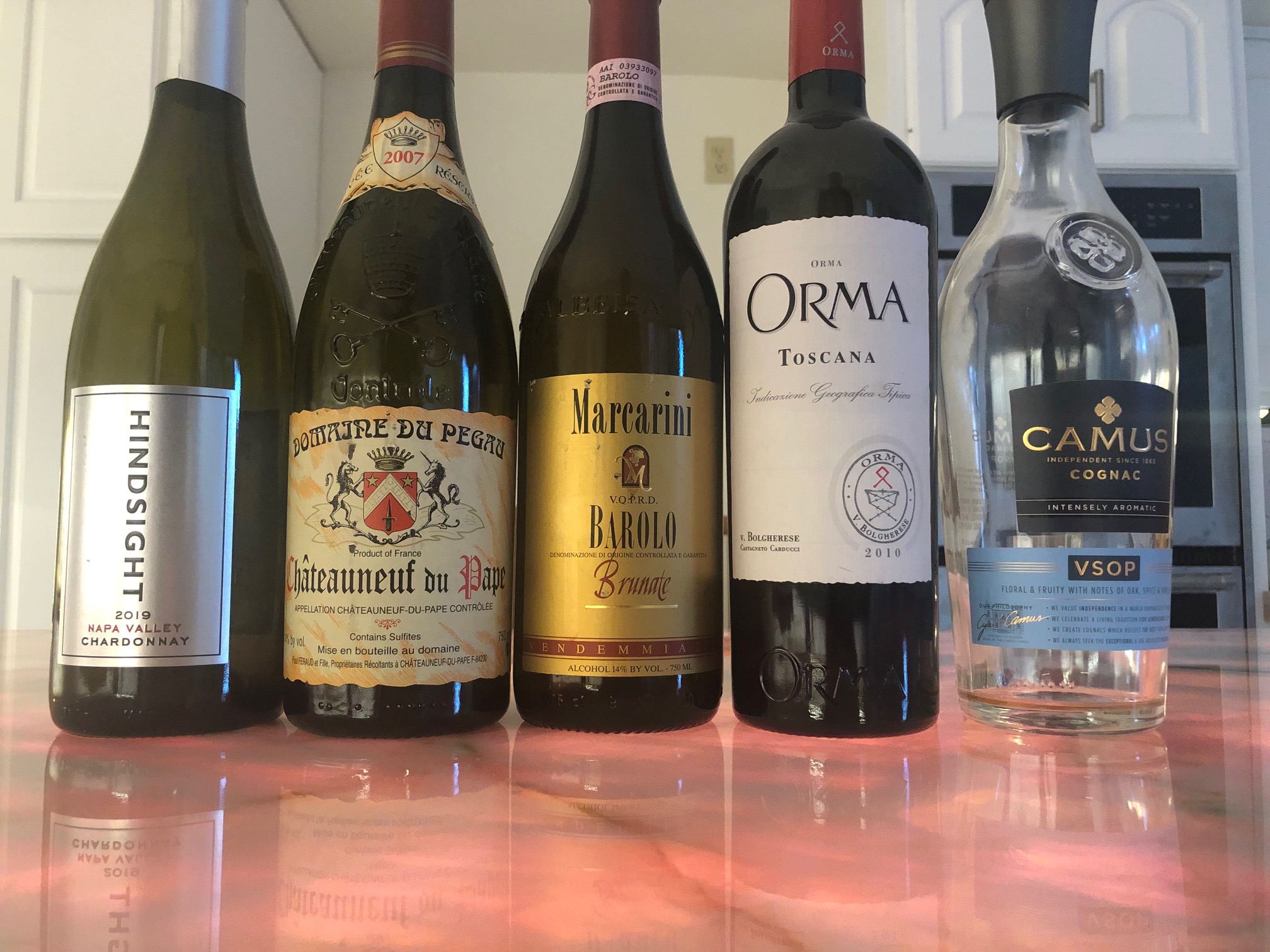
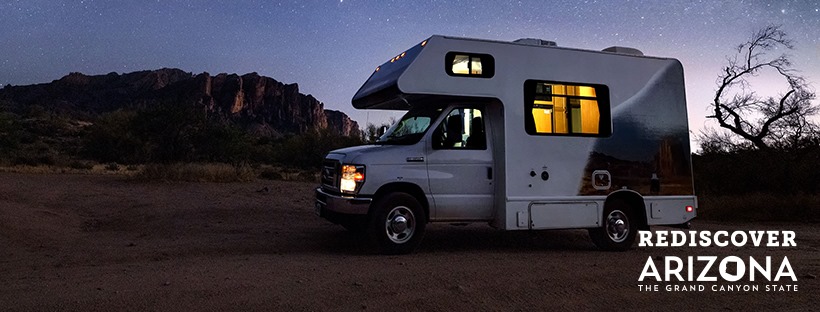
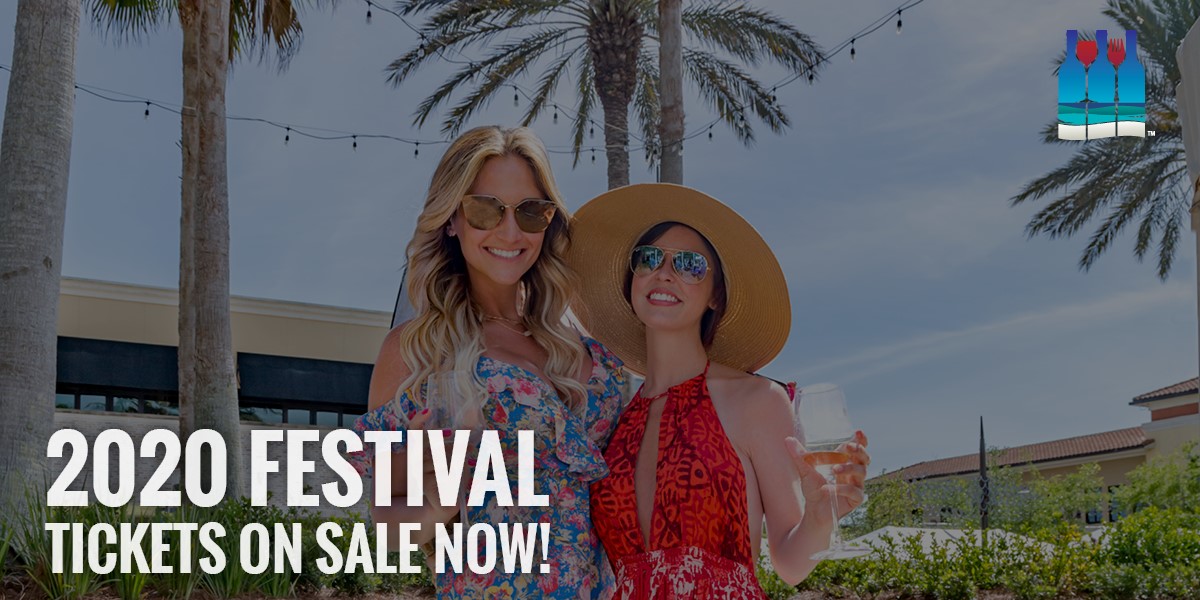
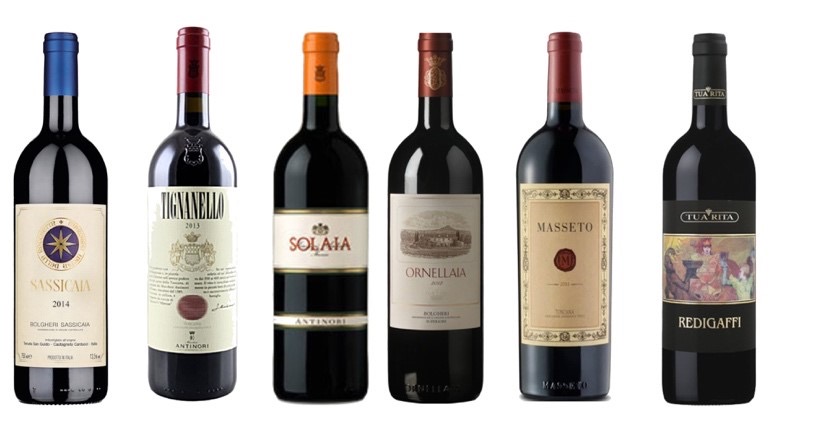
![Perlis Picks: Make Your Own Paso [Part 3 at J Dusi]](http://evewine101.com/wp-content/uploads/2015/10/homepagepic.jpg)